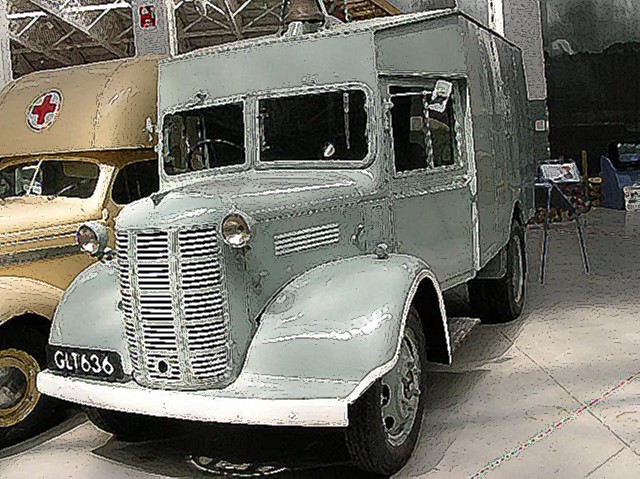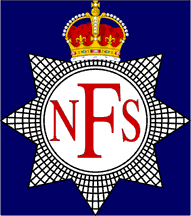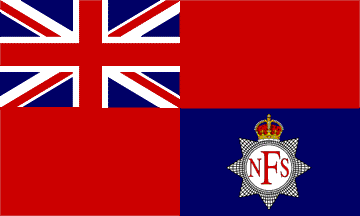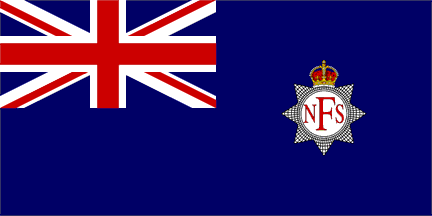


Austin K 2 Fire Truck
English Translation
 |
Historique Voir ICI
History Click HERE
The Austin K2/Y was introduced in 1939, and remained in production until 1945. The chassis was derived from the Austin Motor Company's K30, a 30 cwt open-cabbed military truck.
The body was of simple construction, a wood frame covered with painted leather-cloth, insulated and accommodating four stretchers or eight sitting patients.
More than 13.000 produced at Austin's Longbridge works where production was almost continuous from 1940 until the war ended.
Technical data
Weight: N/A.
Length: 5.49 m
Width: 2.21 m
Height: 2.79 m
Engine: Own 6-cylinder, 3.462 cm3
Horsepower: 60 at 3.000 rpm.
Transmission: 4-speed.
Electrical system: N/A.
Brakes: Hydraulic.
Fuel type: Petrol.
Fuel capacity: N/A.
Range:
Crew: 2
Additional: Top speed was 88 km/h (55 mph).
History of the NFS National Fire service
 |
Since 1938 volounters helsp professional fifrefigter In 1940 during the Blitz most of then where killed But on,18 August 1941 the local authority fire brigades in England, Scotland and Wales were combined into a National Fire Service (NFS) of twelve regions, in order to deal more effectively with the fires started by air raids. A flag for the NFS was introduced on its second anniversary.
Richmond Herald noted that Northern Ireland was not included in the re-organisation and proposed a red and blue striped flag with a pre-1801 Union canton. However a design a by Sir Gerald Wollaston, Garter King of Arms, was selected. It was similar in style to his design for the Civil Defence flag, being a 5 : 3 flag, quarterly blue and red, having a Union canton, and bearing the NFS badge in the fourth quarter.
 |
Commander A.N.C.Firebrace, Chief of the Fire Staff, organised a parade in Hyde Park, at which the flag was presented by Herbert Morrison, the Home Secretary, on 19 August 1943. The parade was attended by representatives from all the fire forces in England and Wales, and from the four contingents of Canadian firemen, who had volunteered for service in Britain.
488 flags were ordered at a cost of 850 pounds. Adam, Lane & Neave, who made the Civil Defence flags, supplied the material, which in this case was made up by the NFS tailors' shop of the River Thames Formation. The Union Jack was sewn on in strips, the quarters were sewn together, and the NFS badge stencilled onto two pieces of bunting, which were sewn on separately. The flag was supplied in four sizes;
On 9 September 1943 No.5 London Region issued instructions for the use of the flag, in Regional Commissioner's Memorandum, CRFO 507. The flag was to be flown each day at Regional Force Head Quarters (HQs), Fire Force Area HQs, River Thames Formation HQ, and all training establishments. It was to be raised at a brief ceremony immediately before morning roll-call, and hauled down at sunset. The Union Jack was not to be flown in addit ion to the NFS flag.
 |
A Blue Ensign with the NFS badge in the fly was approved by King George VI on 19 November 1943. 488 flags were ordered at a cost of 800 pounds and distributed to fire-boat stations and fire-boats. The ensigns were produced in two sizes
Autres Photoscopes (Others Walk Around ) 1 2 3
Voir Aussi Autres Photoscopes See Also Others Walk Around